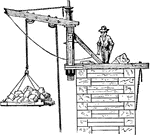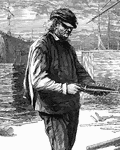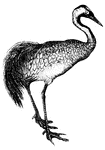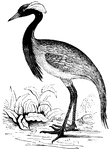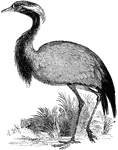Clipart tagged: ‘crane’
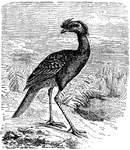
Cariama
"The Cariama is a very pretty bird, easily domesticated, and evinces great attachment to its favorites."

Crane
Cranes are large, long-legged and long-necked birds of the order Gruiformes, and family Gruidae. Unlike…

Balearic Crane
The balearic crane (also known as the crowned crane) stands about four feet high, and is easily domesticable.

Common European crane
The common crane of Europe is mostly of a blueish-ash color, feeding on worms, insects, reptiles, mollusca,…

Construction Crane
Lifts and moves heavy objects; lifting tackle is suspended from a pivoted boom that rotates around a…
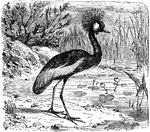
Crested Crane
"The Crested Crane has the top of its head adorned with a tuft of feathers, which it has the power of…
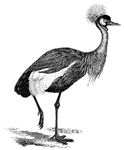
Crowned Crane
"Balearica pavonina, the "Crowned" Crane of the Northern Ethiopian Region, is greenish-black above and…

Demoiselle Crane
"It is gifted with great powers of mimicry. Its movements have an air of affectation and mannerism,…
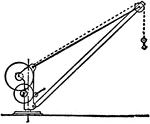
Fixed Hand Revolving Jib Crane
An illustration of a fixed hand revolving jib crane. A jib crane is a type of crane where a horizontal…
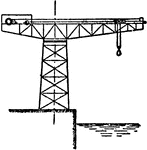
Hammerhead Crane
The "hammerhead", or giant cantilever, crane is a fixed-jib crane consisting of a steel-braced tower…
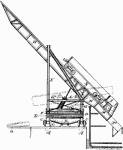
Crane for Lifting Cars
A crane is a lifting machine, generally equipped with a winder, wire ropes or chains and sheaves, that…
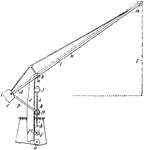
Naval Crane
A crane is a lifting machine, generally equipped with a winder (also called a wire rope drum), wire…

Numidian Crane
Averaging about three feet in length, the numidian crane makes its home in Africa, though it has been…
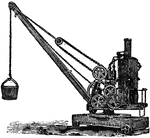
Steam Crane
"A Crane is a machine for lifting weights, worked either by hand or by steam, or by hydraulic power.…
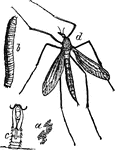
Crane Fly
"Crane-fly (Tipula oleracea): a, eggs; b, larva; c, pupa case as left by the insect, sticking out of…
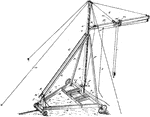
Hinged Hay Derrick
This is a hay lifting device composed of one mast or pole which is hinged freely at the bottom. It is…
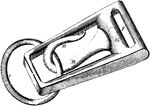
Safety Purpose Lifting Hook
A lifting hook is a device used for grabbing and lifting loads by means of a device such as a hoist…
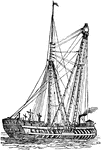
Sheer Hulk
The sheer hulk is a ship that is afloat but incapable of going to sea. It was used as a crane to help…
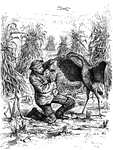
Man Attacked by Crane
An illustration of a man crouched down guarding his face from a crane attacking him.
